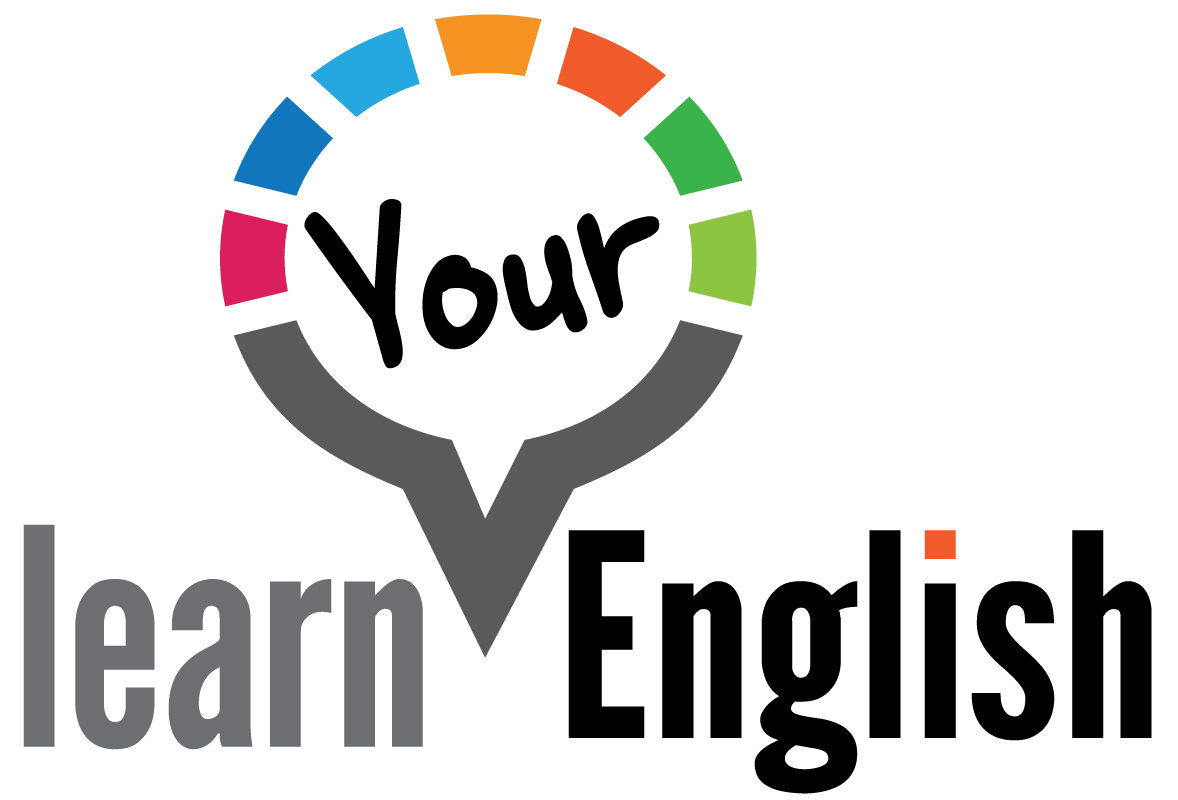Getting into the flow with your students
Flow theory, TBLT, and language learning
Read time: 4 minutes
Here’s our TTT for this week on how to grow your online teaching business.
What is TTT? A Tip, Takeaway, and Task. On Thursday.
Enjoy!
Tip: Develop activities conducive to flow
Flow theory has been around since the ‘70’s, but only recently has it been applied to language learning. Chris Jacobs joined us on our Teacher Talking Time podcast to discuss how it helps language acquisition.
Chris is currently working on projects exploring learning optimization through flow. Which begs the question: what is flow?
Flow is a state of deep focus on an enjoyable activity that is at once challenging and accessible. It’s a balance between anxiety and boredom, which is where retention happens.
Chris advocates for creating activities and tasks for our classes that are as conducive to generating a state of flow as possible.
Which begs another question: how do we do that?
Takeaway: Flow has great a impact on language learning
Flow theory was originally championed by Hungarian psychologist Mihaly Csikszentmihalyi. According to Csikszentmihalyi, flow experiences have the following characteristics:
1. they have concrete goals and manageable rules.
2. they make it possible to adjust opportunities for action to our capacities
3. they provide clear information about how well we are doing
4. they screen out distractions and make concentration possible
Flow theory appeared around the same time as the popularization of task-based learning. And the theory seems offer an great rubric for the design and management of second-language learning tasks.
Chris believes that flow and task-based learning go together quite well.
An activity is more likely to generate flow when:
There is no right or wrong answer.
It’s a problem-solving activity where the students have to do something.
Chris gives two examples of activities he likes to use:
1. Planning an event
This could be planning a work event, planning a party, planning a trip, or really anything.
2. Back to school shopping
Going shopping for school supplies or clothes. With clothes, one day they go shopping for school clothes, on another party clothes, and on another work clothes.
In both scenarios, give as little information about how to do the activity as possible and just let the students go about it.
Task: Design tasks based on flow
The task for this week is three-fold:
1. Listen to the full podcast episode with Chris
2. Design a task or a set of tasks that fit the criteria Chris talked about
3. Try them in your class this week
Then, write a reflection on the differences (if any) you noticed between those activities and other activities you use. Do this every week. After a few months, you’ll have compiled a long list of flow-inducing activities that you can go to which make your life easier and improve your students’ progress much faster.
We’d love to hear what tasks you come up with. Just reply to this email and let us know! Especially after you’ve tried it out.
We hope this helps.
See you again next week.
Leo, Andrew, and Mike
When you’re ready, here are 3 ways we can help you:
1. Our free Business Foundations Training for Teachers (240 teachers)
2. TBLT Made Easy - use tasks in your class right away (108 teachers)
3. A free consultation with us to talk about taking your business and teaching to the next level (first come first served)


